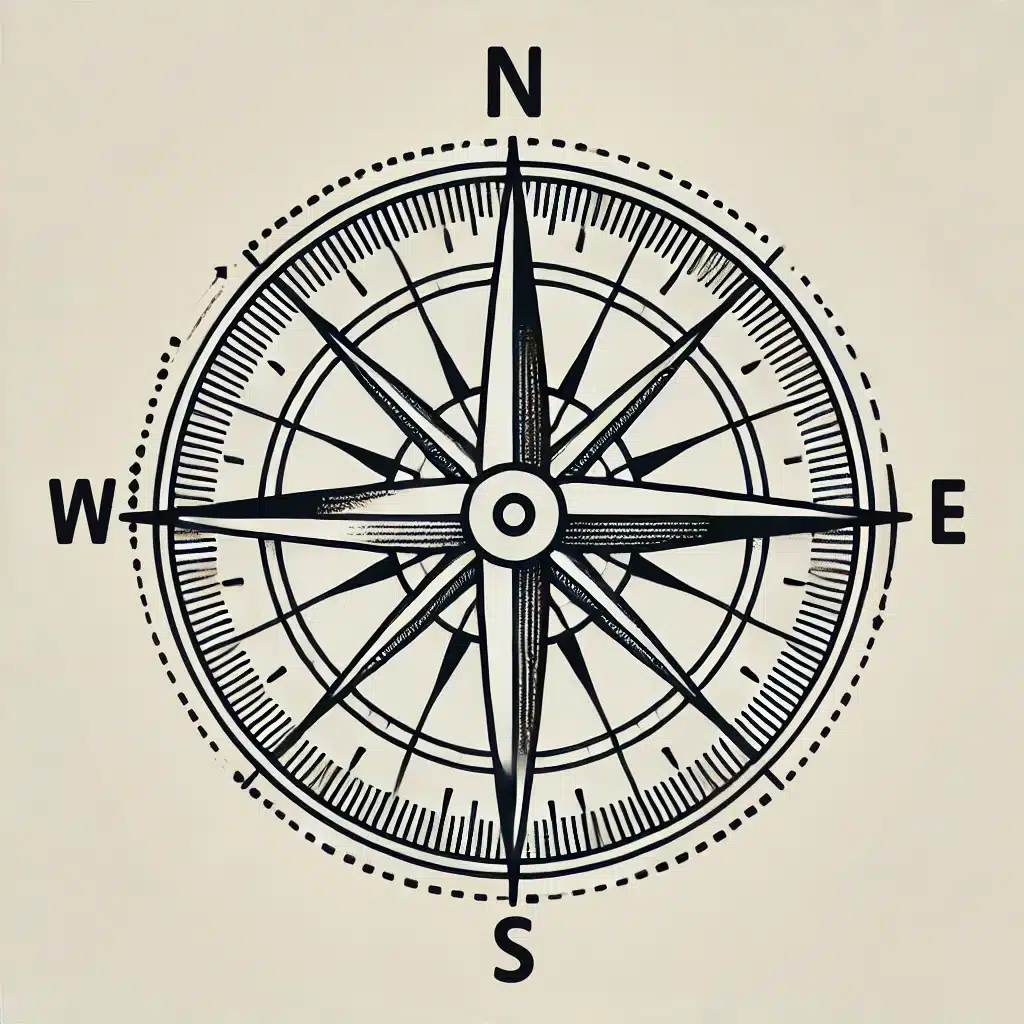One of the most practical and empowering skills in any language is asking for and giving directions. In Irish, the rich vocabulary and poetic structure make even straightforward phrases a pleasure to learn. For beginners, mastering directional language helps you navigate both the landscape and the linguistic beauty of Gaeilge. This post delves into essential Irish phrases for directions, their pronunciation, and the cultural layers that underpin them.

How to Ask for Directions in Irish
Basic Phrases to Get Started
When asking for directions, these phrases are invaluable:
- Cá bhfuil…? (pronounced: KAW will) – “Where is…?”
Example: Cá bhfuil an pub? – “Where is the pub?” - An féidir leat cabhrú liom? (pronounced: ON FAY-der lath COW-roo l-yum) – “Can you help me?”
The phrase cá bhfuil combines cá (where) and bhfuil (a form of the verb “to be”), making it foundational for location-based questions.
Common Places and Their Irish Names
Here are some key locations to incorporate into your questions:
- An siopa (pronounced: un SHUP-uh) – The shop
- An t-óstán (pronounced: un TOHS-tawn) – The hotel
- An leabharlann (pronounced: un LYOW-er-lawn) – The library
- An stáisiún traenach (pronounced: un STAW-shoon TRAY-nakh) – The train station
Example Sentence: Cá bhfuil an stáisiún traenach? – “Where is the train station?”
Giving Directions in Irish
Once you’ve mastered asking, it’s time to learn how to give directions. Some common phrases include:
- Téigh díreach ar aghaidh (pronounced: TAYG DEE-ruhkh air AH-yiv) – “Go straight ahead.”
- Cas ar dheis (pronounced: KOSS air YESH) – “Turn right.”
- Cas ar chlé (pronounced: KOSS air KLAY) – “Turn left.”
- Tá sé ar thaobh na láimhe deise (pronounced: TAW shay air HAYV nuh LAH-vuh DESH-uh) – “It is on the right-hand side.”
These directions often include prepositions like ar (on) and taobh (side), reflecting Irish’s spatial precision.
Landmarks and Distances
In rural Ireland, landmarks are essential for navigation. Some phrases include:
- Tá sé gar do… (pronounced: TAW shay GAR duh) – “It is near…”
- Tá sé in aice le… (pronounced: TAW shay in ACK-uh leh) – “It is beside…”
For distances, use:
- Cúpla céim (pronounced: COO-pluh KAYM) – “A few steps.”
- Cúpla míle (pronounced: COO-pluh MEE-luh) – “A few miles.”
Example: Tá an siopa gar do stáisiún traenach. – “The shop is near the train station.”
Useful Idioms and Expressions for Directions
Irish often conveys directions with cultural richness. For example:
- Tá sé siar ón ngrian (pronounced: TAW shay SHEE-ar own NGREE-un) – “It is west of the sun.” This poetic expression reflects the Irish tradition of using natural elements in orientation.
- Cuir ort do bhróga siúil (pronounced: CUR urt duh VROH-guh SHOOL) – “Put on your walking shoes.” While not a literal direction, this phrase often accompanies advice for long journeys.
Ancient Irish Perspectives on Directions
In early Irish texts, directions often hold symbolic and practical significance. A compelling example can be found in the Dindshenchas, a collection of mythological and topographical lore. In the narrative of Teamhair na Rí (Tara of the Kings), the orientation of the ancient royal site is intricately linked to its cosmological importance.

Descriptions of Tara frequently reference cardinal directions, such as oirthear (east), iarthar (west), deisceart (south), and tuaisceart (north). These alignments were not merely functional but imbued with spiritual meaning. For instance, the eastern entrance to Tara was associated with renewal and beginnings, reflecting the rising sun.
The Lebor Gabála Érenn (Book of Invasions) also emphasizes directional symbolism. When the Milesians arrive in Ireland, they approach from the south and circle the island, underscoring the narrative’s blend of physical journey and symbolic conquest. The use of deisceart (south) to denote arrival carries cultural resonance, as the south was often considered the direction of prosperity and growth in early Irish thought.
These examples demonstrate that directional language in ancient Irish texts extended beyond navigation, encapsulating layers of mythological and cultural meaning that resonate with the Irish worldview.
Conclusion
Learning to ask for and give directions in Irish is both practical and enriching. From Cá bhfuil…? to poetic expressions like Tá sé siar ón ngrian, these phrases open doors to real-world conversations and deeper cultural appreciation. The ancient narratives of Tara and the Milesians remind us that even the simplest directions carry profound significance in Irish tradition.
To find out more about my writing journey please click here or to contact me see here.
Disclaimer: This post was written with the support of an AI assistant.
Leave a Reply
You must be logged in to post a comment.